How to display file extensions and view file extensions on Windows 11/10/7/8
Why should you display file extensions on Windows?
Each file has an extension called file extension, which allows Windows and users to know what type of file it is. File extensions usually contain three or four characters, but can be longer in some cases. For example, a Word document file has the extension .doc or .docx . If you have a file named Example.docx , Windows will know it's a Word document and will automatically open it with Microsoft Word by default.
There are many different file extensions. Audio files can appear with extensions such as .mp3, .aac, .wma, .flac, .ogg. While some common image file extensions are .jpeg, .png, . gif and .heic.
In addition, setting Windows to display file extensions also plays a very useful role in security issues. For example: The .exe extension is one of many types of file extensions that Windows will run as a program (executable file). If you can't see a file's extension, it's difficult to tell if it's an executable, a document, or a secure media file.
As a simple example, you may come across a file named ' document ' with the icon of a PDF reader installed on the system. If the file extension is hidden, there is no quick way for you to determine whether this is a legitimate PDF document, or just a malicious program masquerading as a PDF reader icon. . If you've set Windows to display file extensions, you'll be able to easily check whether it's a safe document called ' document.pdf ', or a hidden file containing dangerous executable code like ' document.exe '.
Display file extensions on Windows 11
Microsoft changed the File Explorer user interface quite a bit between Windows 10 and 11. But overall, the process of setting file extension display options can still be done relatively easily.
First, you launch File Explorer on your Windows 11 PC. On the File Explorer window that appears, click on the ' View ' tab in the upper left corner of the screen. After that, a drop-down menu will immediately appear, hover over ' Show ' at the bottom of the menu and click on the ' File Name Extensions ' option in the sub-menu that appears.
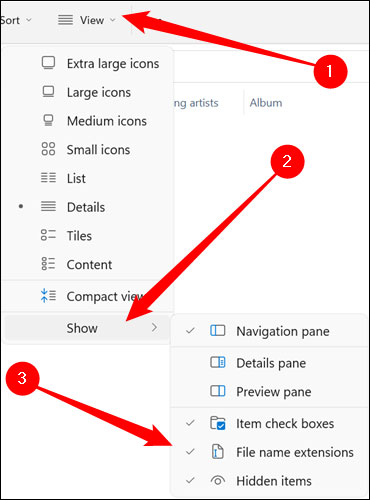
It's all that simple. The extension will now be displayed for all files, in all folders on your computer.
Display file extensions on Windows 10
Method 1: Use File Explorer
To hide and show file extensions on Windows 10, follow the steps below:
Open File Explorer, then click the View tab on the Ribbon, select the File name extensions option.
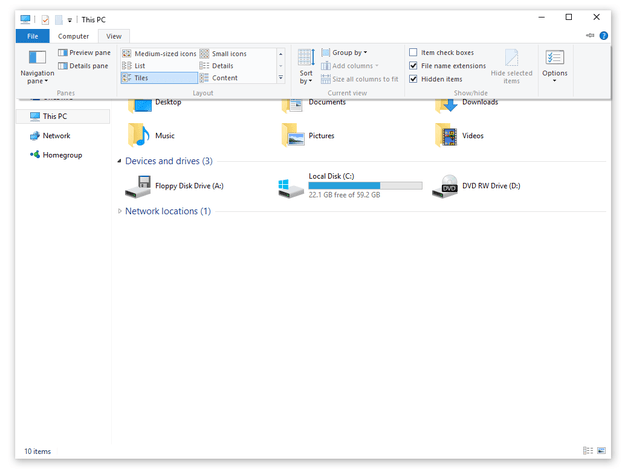
Additionally, if you want to see hidden files and folders, check Hidden items.
Method 2: Tweak folder options
Additionally, you can use Control Panel to view or hide file extensions on Windows 10. Here's how to do it.
Step 1 : Open the Start menu , enter file explorer options and press Enter.

Step 2 : In the View tab, Advanced settings section , uncheck Hide extensions for known file types to see extensions. Finally, click Apply , then select OK.
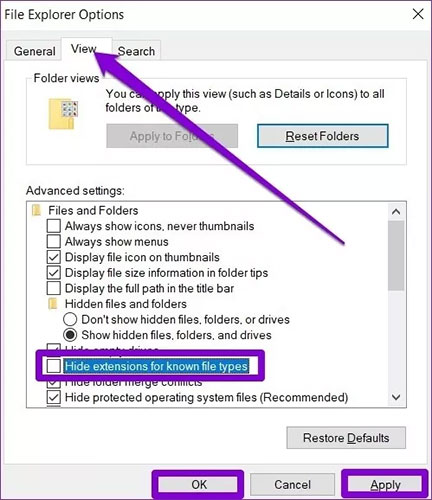
Method 3: Use Command Prompt
Although the above methods are very simple, they only change the option to hide/show file extensions for the current user. With Command Prompt, you can change file extension settings for every user on your PC, if you're logged in with an admin account. Here's how:
Step 1 : Open the Start menu , enter command prompt and click Run as administrator on the right to open CMD with admin rights.
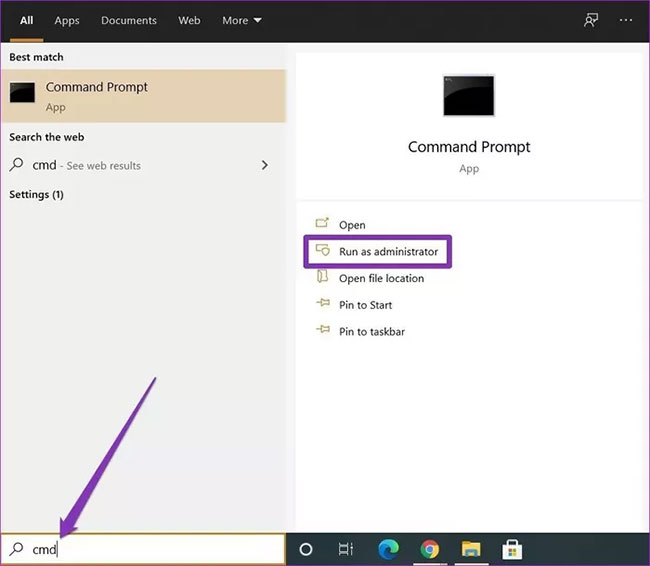
Step 2 : In the console, type the command below and press Enter to view files with their extensions.
reg add HKCUSoftwareMicrosoftWindowsCurrentVersionExplorerAdvanced /v HideFileExt /t REG_DWORD /d 0 /f 
Similarly, to hide these file extensions, use the following command.
reg add HKCUSoftwareMicrosoftWindowsCurrentVersionExplorerAdvanced /v HideFileExt /t REG_DWORD /d 1 /fYou can use the above commands to easily view or hide file extensions for all users on your PC.
Method 4: Use Registry Editor
In addition to the above methods, you can also show or hide file extensions in Windows by making changes to the Windows Registry.
Before continuing, there is one important thing to note. Windows Registry is an integral part of Windows. Adjusting it without knowledge will lead to serious consequences. So make sure you follow the instructions exactly.
Step 1 : Press Windows key + R to launch Run. Type regedit in the box and press Enter.
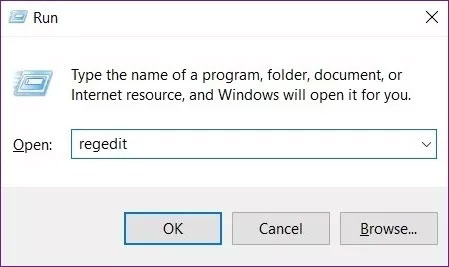
Step 2 : Use the address bar at the top to navigate to the following key.
HKEY_CURRENT_USERSoftwareMicrosoftWindowsCurrentVersionExplorerAdvanced 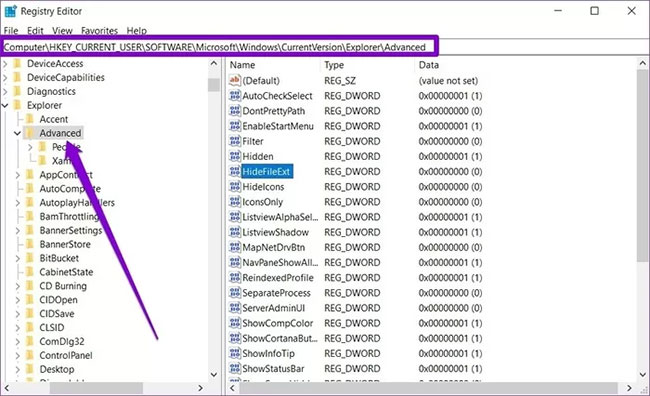
Step 3 : Now, double click on HideFileExt on the right side. In Value data , enter 0 if you want to show file extensions or 1 to hide them.
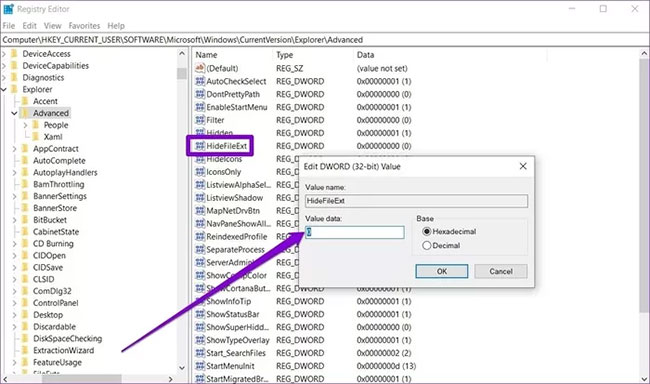
Once completed, restart your PC for the changes to take effect and file extensions to be displayed or hidden.
View file extensions on Windows 7/Vista
Step 1 : Open Windows Explorer, then click Organize in the top left corner, select the Folder and Search option.
Step 2 : On the next window, click on the View tab, then scroll down to find and uncheck the Hide file extensions for known file types option.
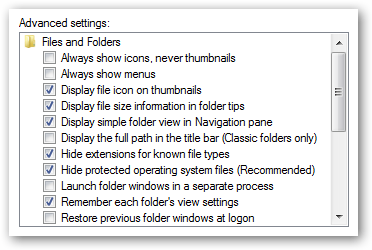
View file extensions on Windows 8
Open File explorer by pressing Windows + E, then click the View tab . Next, select the File name extensions option to display the file extension or uncheck the option to hide the file extension.
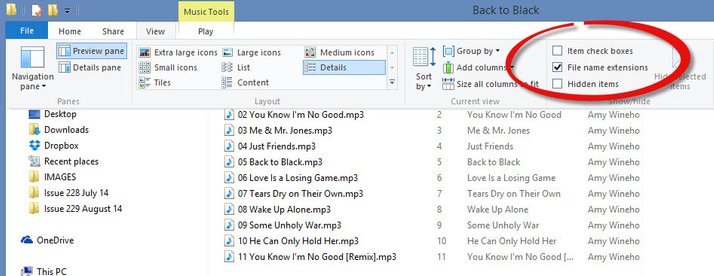
Also, if you want to view hidden files, follow this guide.
 3 ways to fix images in Word, lock movement so as not to affect the layout
3 ways to fix images in Word, lock movement so as not to affect the layout How to remove PDF file password - Use PDF Password Cracker Pro software
How to remove PDF file password - Use PDF Password Cracker Pro software Difference between Photoshop Express Free and Premium
Difference between Photoshop Express Free and Premium 6 access should be on Quick Access Toolbar Excel
6 access should be on Quick Access Toolbar Excel 5 ways to find new songs on YouTube Music
5 ways to find new songs on YouTube Music AMD has surpassed Intel in brand value
AMD has surpassed Intel in brand value